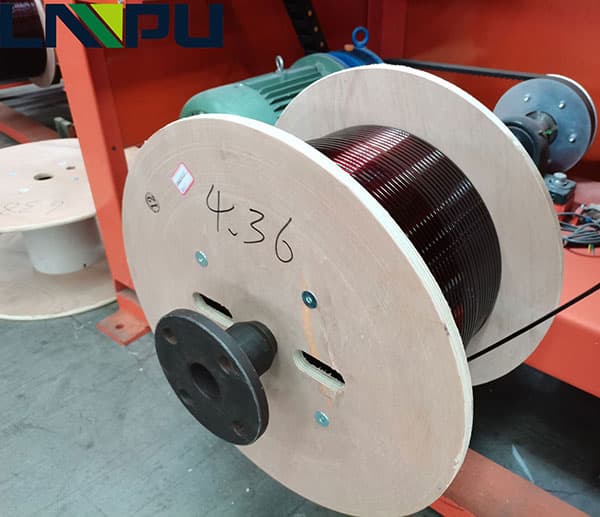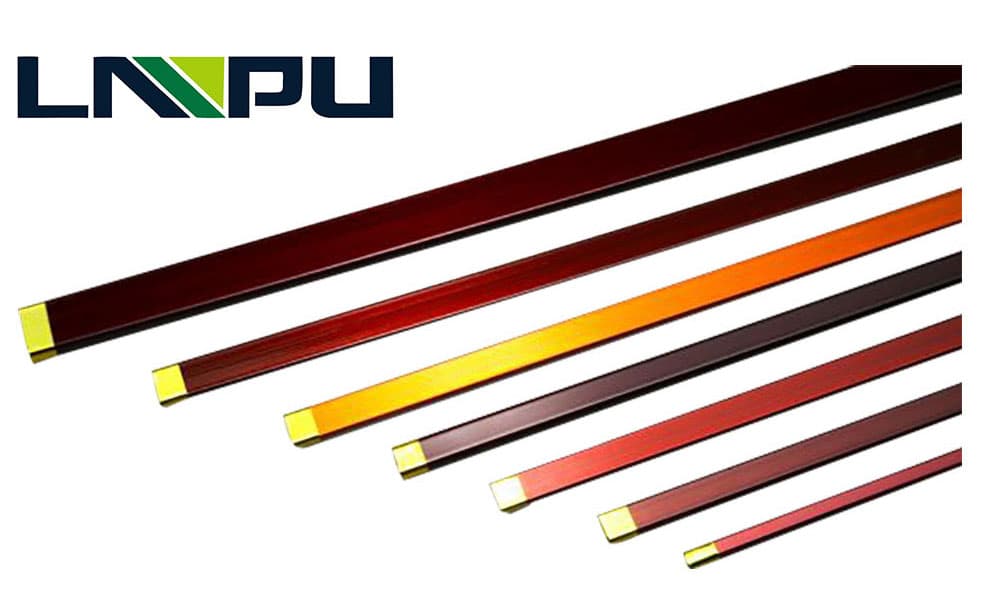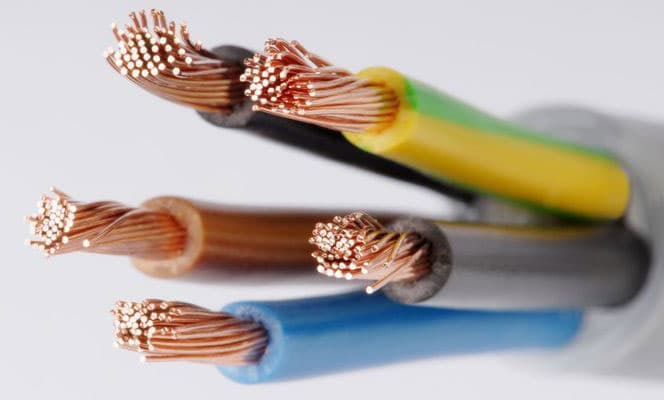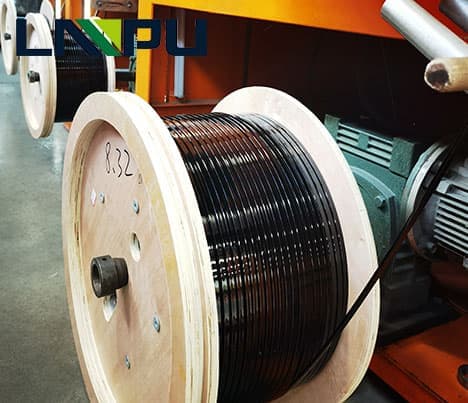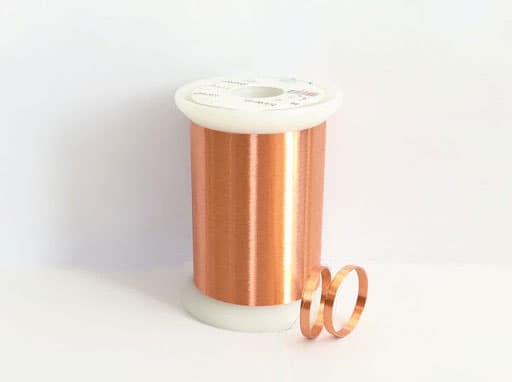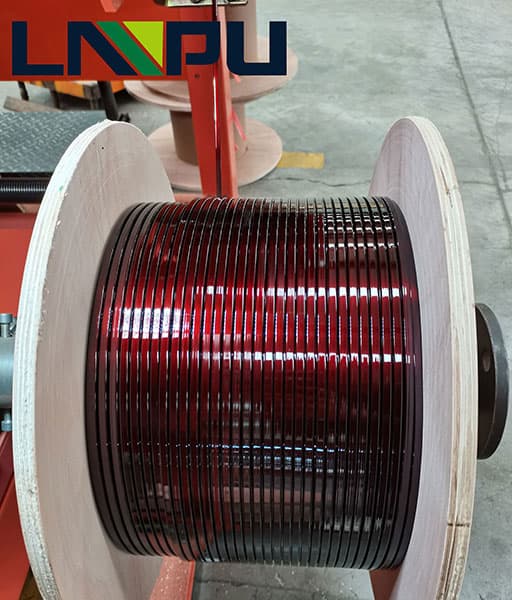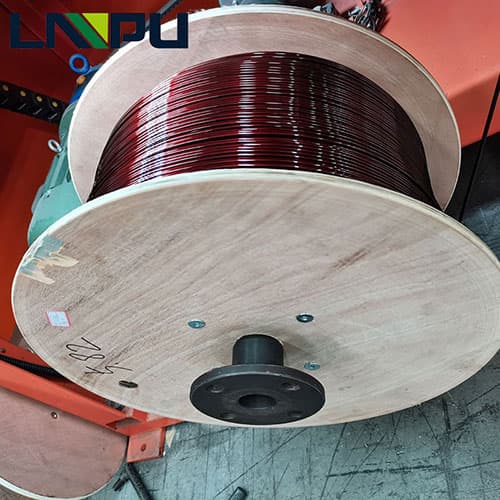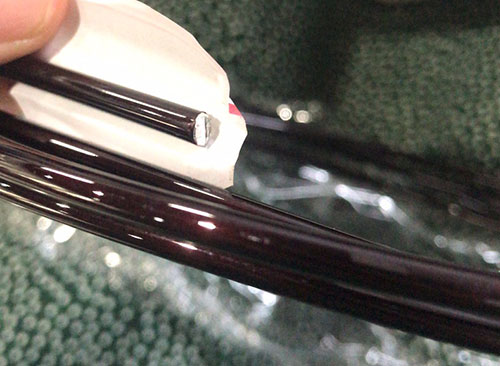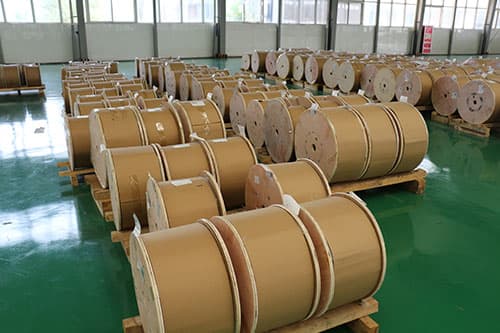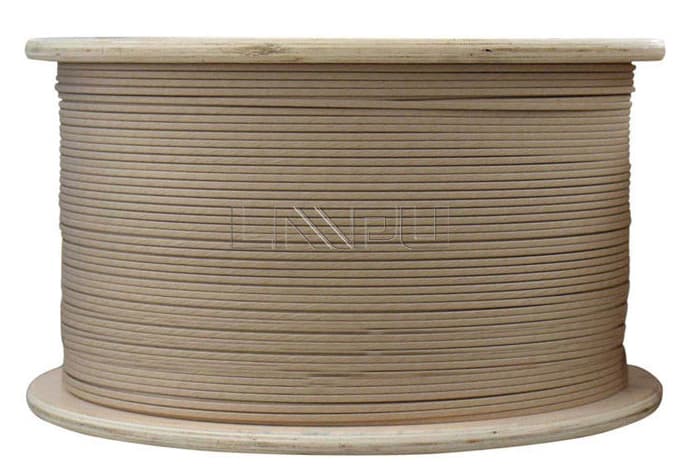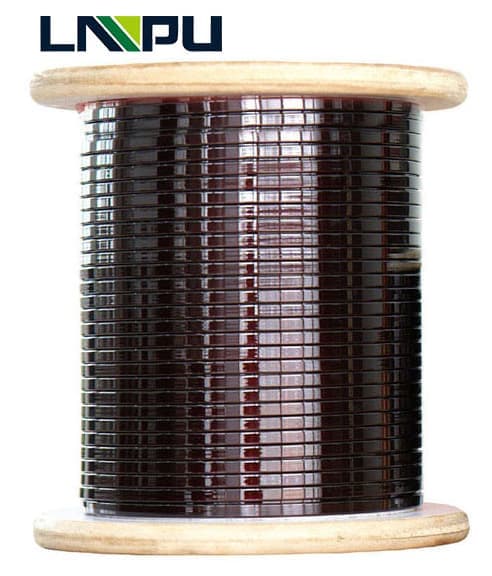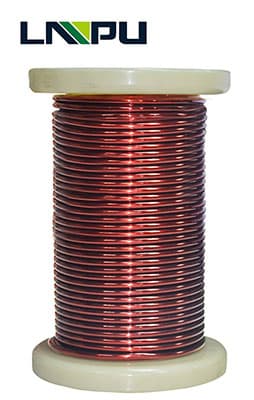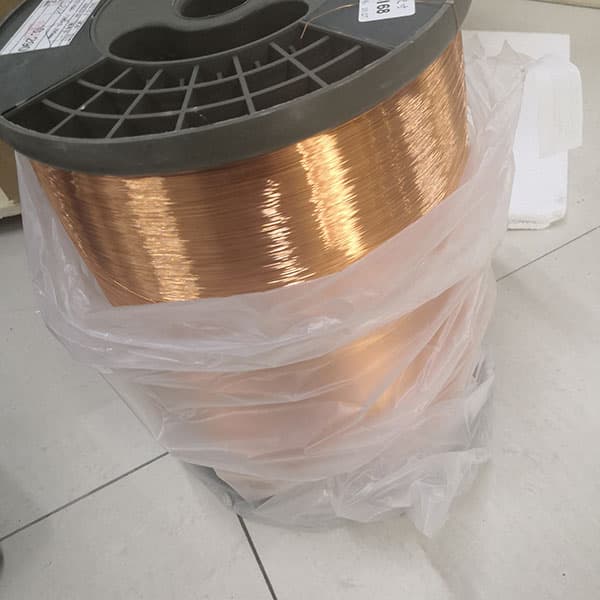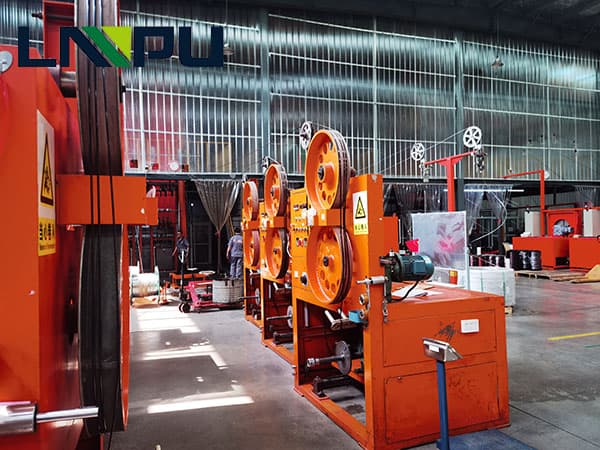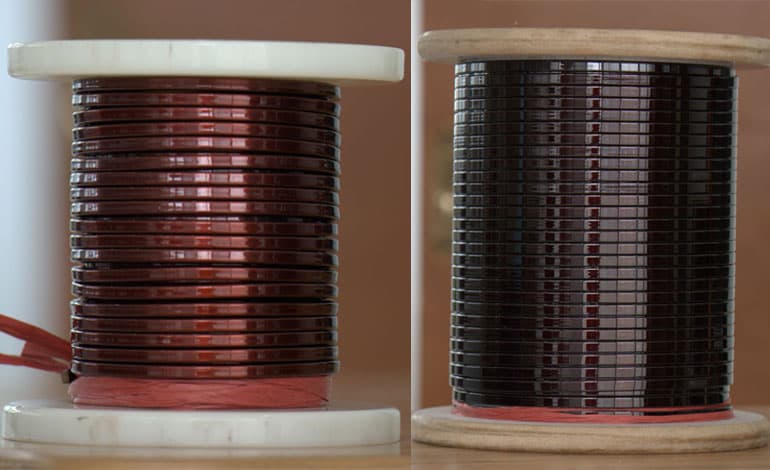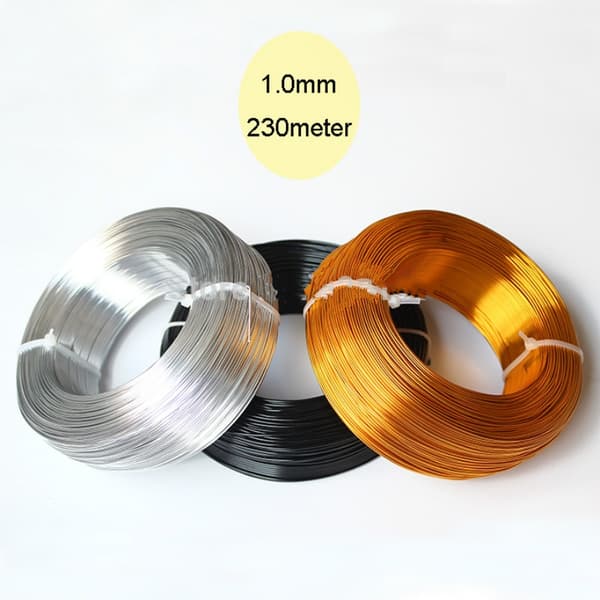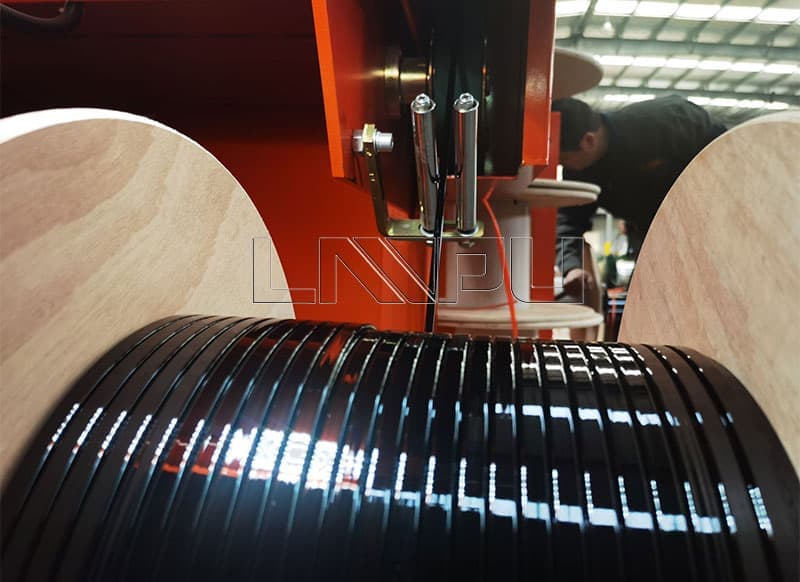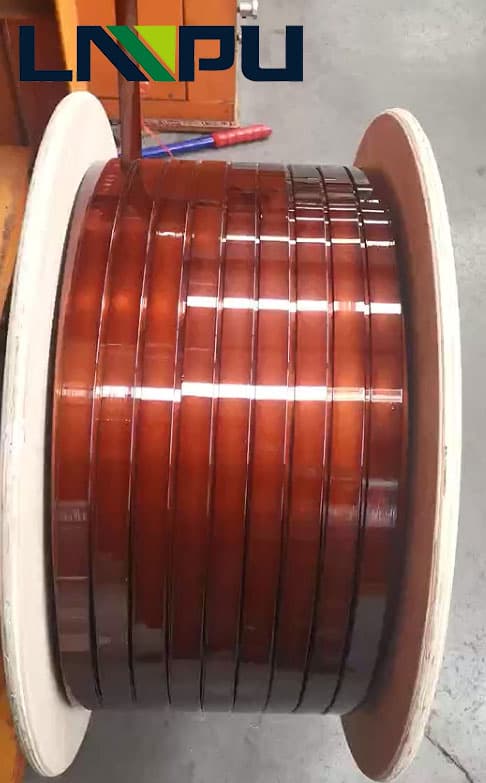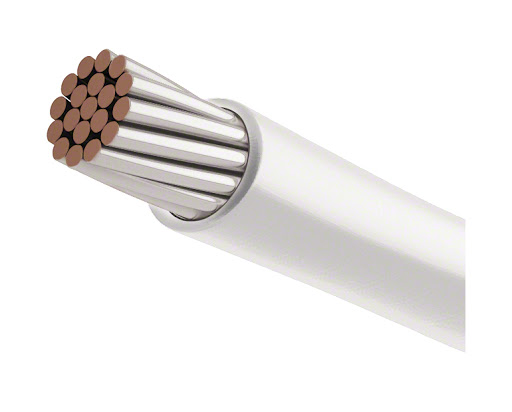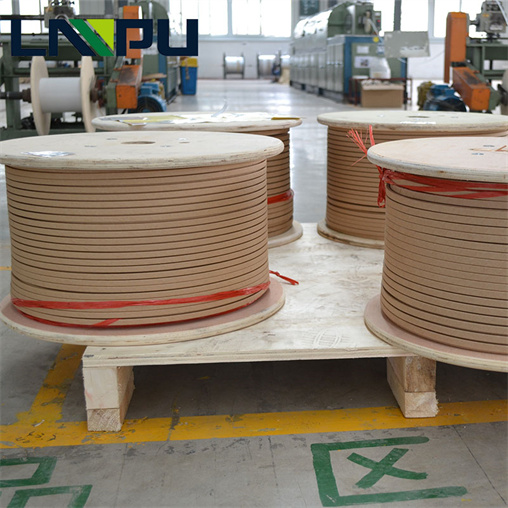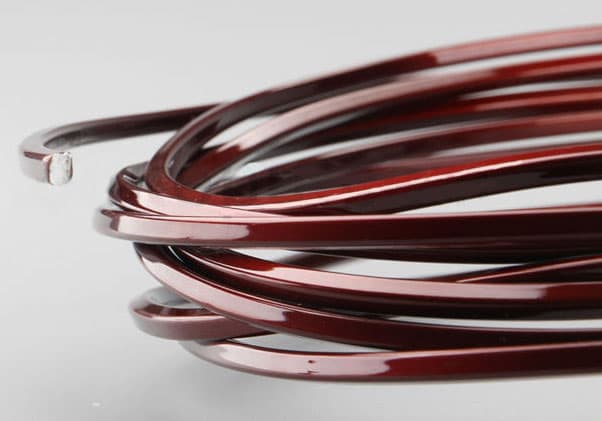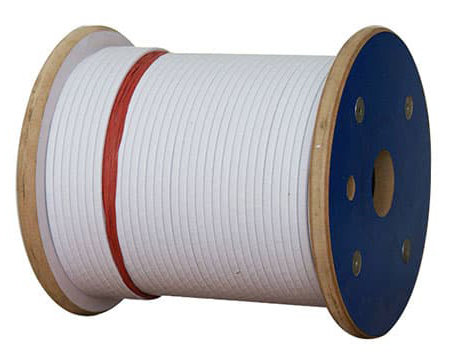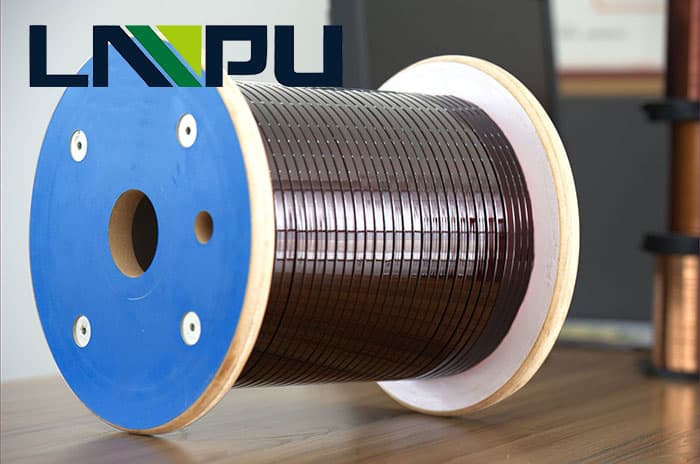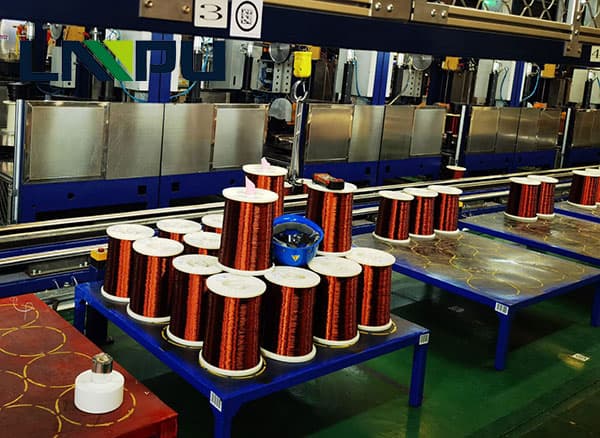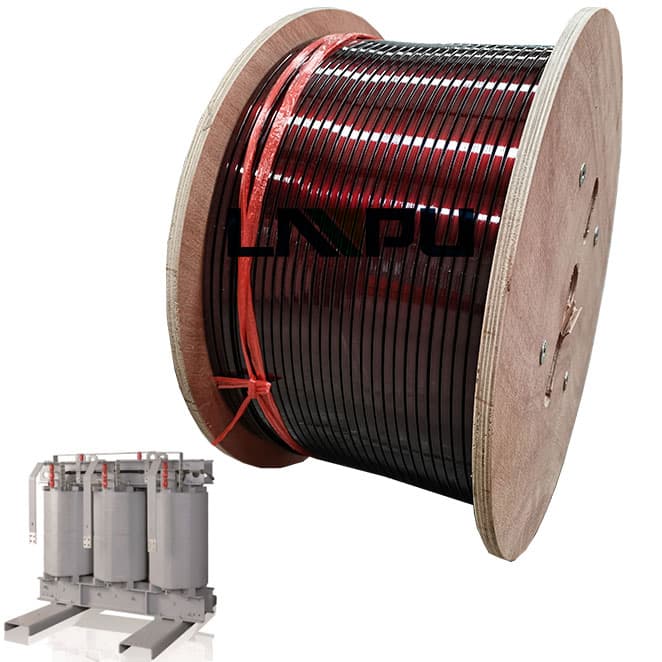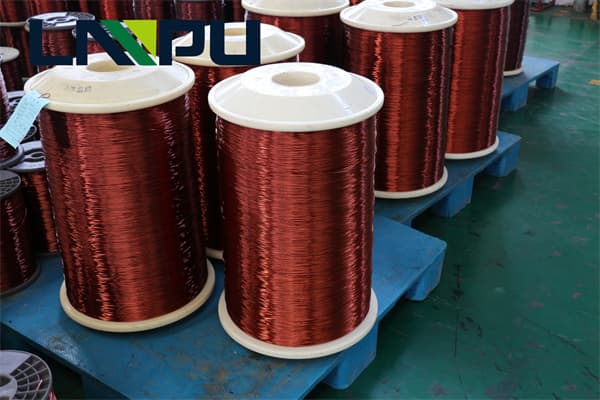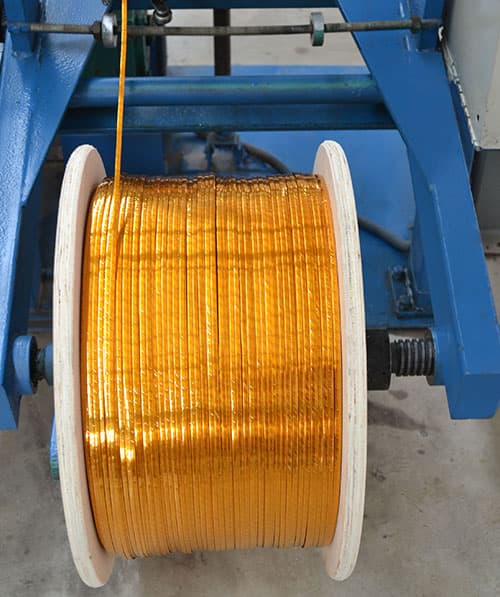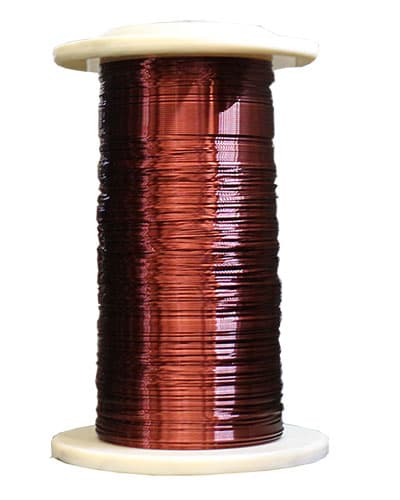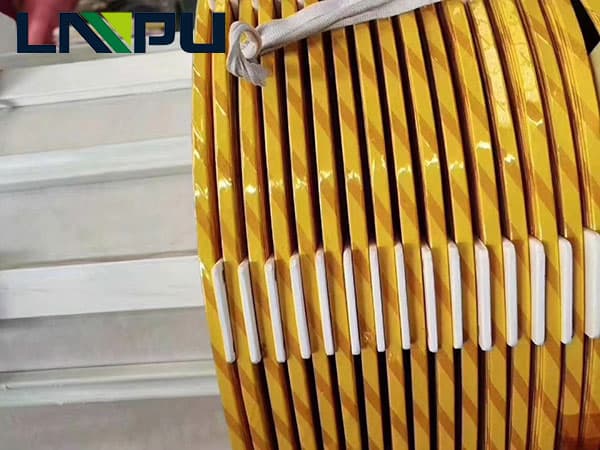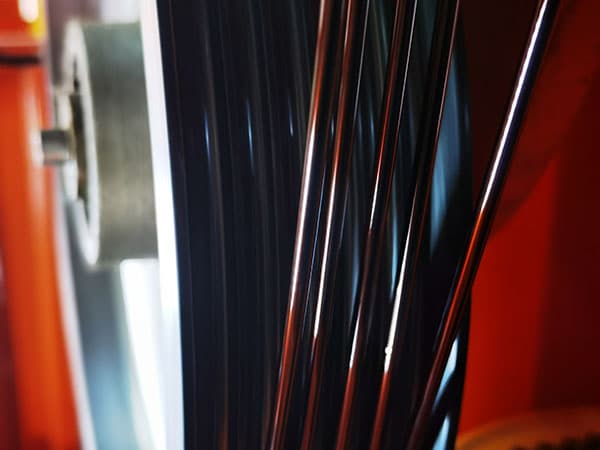What Are The Functional Characteristics Of Round Enameled Wire?
Round Enameled Wire can be designed in 0.016-7mm, why choose the round enameled wire used for your electrical equipment and other electric field. List the 4 characteristics of enameled copper wire.
1.Mechanical functions: including elongation, rebound angle, softness and adhesion, paint scratching, tensile strength, and other items.
(1) The elongation rate reflects the plastic deformation of the material and is used to check the ductility of the enameled wire.
(2) Rebound angle. The softness reflects the elastic deformation of the material. Use it to check the softness of the enameled wire.
(3) The resistance of the coating film includes winding and stretching, that is, the amount of tensile deformation that allows the coating film to deform with the conductor without deformation.
(4) The adhesion of the paint film includes sudden breakage and peeling. First, check the ability of the paint film to the conductor.
(5) The scratch resistance test of the paint film of the enameled wire reflects the strength of the paint film against mechanical scratches.
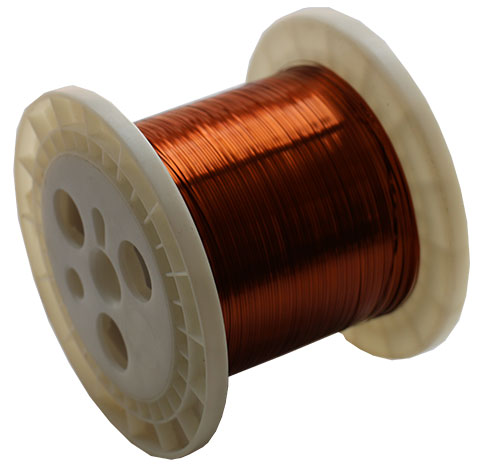
2. Heat resistance function: including thermal shock and softening breakdown test.
(1) The thermal shock of enameled wire is the ability of the enameled wire film to absorb heat under mechanical stress. Factors affecting thermal shock: paint, copper wire, enameled wire process.
(2) The softening and breakdown function of the enameled wire is a measure of the ability of the enameled wire paint film to withstand thermal deformation under the action of mechanical force, that is, the ability of the paint film to plasticize under pressure. And soften at high temperatures. The unevenness of the heat-resistant softening and breakdown function of the enameled wire paint film depends on the molecular structure of the paint film and the force between the molecular chains.
3. Electrical functions include breakdown voltage, paint film continuity, and DC resistance test.
(1) Breakdown voltage refers to the voltage load capacity of the enameled wire paint film. The main factors affecting breakdown voltage: paint film thickness; paint film roundness; the degree of curing; external impurities in the paint film.
(2) The continuity test of the paint film is also called the pinhole test, and its main influencing factors are raw materials; operation process; equipment.
(3) DC resistance refers to the resistance value measured per unit length. The main influencing factors are annealing degree and enamel equipment.
4. Chemical resistance includes solvent resistance and direct welding.
(1) Solvent resistance. Generally, after winding the round enameled wire into a coil, it must be immersed. Even at higher temperatures, the solvent immersed in the varnish will swell the paint film to varying degrees. The chemical resistance of the enameled wire paint film mainly depends on the characteristics of the paint film itself. Under certain conditions of the coating, the enameled wire process also has a certain influence on the solvent resistance of the enameled wire.
(2) The direct welding function of copper and aluminum enameled wire reflects the ability of the enameled wire to weld without removing the paint film. The main factors affecting the direct weldability are the influence of the process and the influence of the paint.

